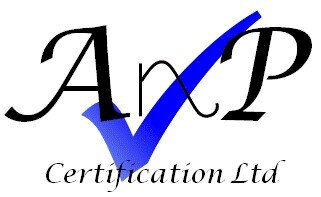The Certification Process for Certification against Statutory Instrument 2001 1701, “The Noise Emission in the Environment by Equipment for use Outdoors Regulations 2001”
At its most basic, the certification process is as follows:
Measure noise levels on a number of machines. A single unit is required for a Unit Verification certificate but for the more common Schedule 9 type certificate it is normal to test at least three samples
Based on the measured data calculate the minimum guaranteed sound power level
Check that the guaranteed sound power level is at or below the noise limit for the type and size of equipment
Compile a technical file describing the machine, the noise tests and the noise guarantee
Send the technical file to an approved body
The approved body will check the file and, if all is well, they will issue a certificate (or ask some questions!)
The machines can then be sold with the UKCA or UKNI mark on them - there are rules covering which mark can be used, depending on the location of the manufacturer
For standard Schedule 9 machines, annual checks are then completed to show that production continues to comply with the original guarantee
When written out in this way the process is fairly straightforward but each step has a series of requirements. The content of the technical file, for example, has to include a list of items which is dictated by the Statutory Instrument. Also, if the manufacturer (or importer) is performing noise measurements themselves, the Approved Body would have to confirm that the instrumentation, test site and procedures all comply with the requirements.
We are happy to explain the process in more detail and would be pleased to provide assistance - just get in touch!
